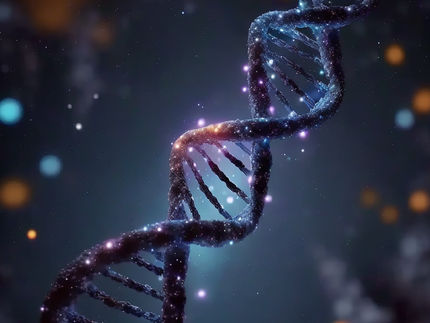Unravelled potato genome paves the way for new varieties
Advertisement
The potato, number three on the list of the world’s most popular food, has been genetically unravelled. On the initiative of the Plant Breeding department at Wageningen UR (University & Research centre), researchers from the international Potato genome sequencing Consortium (PGSC) in fourteen countries have mapped the potato’s hundreds of millions of building blocks. Their findings are reported in Nature.
In the Netherlands, the project was financially supported by the Ministry of EL&I, Technology Foundation STW, the national resources from the natural gas futures (FES), the NGI (Netherlands Genomics Initiative) and the CBSG (Center for BioSystems Genomics).
The 844 million base pairs in the DNA which form the potato’s genome possess a surprisingly large number of genes, 39,000. These carry the information for proteins which stimulate the growth and development of the plant. The location of nearly all the genes on one of the twelve chromosomes of the potato is now known.
The data shows that because each potato gene has four possible different versions, the total genetic diversity is very high. However due to the import from South America of a limited set of potato genotypes in the 16th century, there is a relatively narrow genetic base in modern varieties. The unravelling of the genome sequence now opens the way for a systematic and rapid analysis of the huge genetic potential in the wild gene pool.
Paving the way
Now that the sequence of the building blocks of the potato genome is known, this paves the way for researchers and breeders to raise the yield of the crop, improve its quality and nutritional value as well as make the plant more resistant to disease. Crossing disease-resistant characteristics usually takes up to fifteen years and this process can now be considerably reduced.
The potato is the most important food crop that is not a grain (wheat, rice). According to the World Food and Agriculture Organisation (FAO), global production is around 330 million tons a year. Potatoes are an important source of starch, protein, antioxidants and vitamins, for both man and animal, while starch can be used for green materials, including paper and textiles.
The potato acreage has changed very little in recent decades. While the cultivation area in Eastern Europe shrank, it tripled in developing countries. For these countries, the potato has become an attractive crop, because potato plants use water and nutrients efficiently and potato growers increasingly have access to good seeds.
These seeds often come from Dutch growers. There are over 4000 cultivated potato varieties, often known by strange names like Desiree, Agria, Maris Piper and Bintje.
The Potato Genome Sequencing Consortium (PGSC) consists of 29 research groups from fourteen countries including China, Russia, India, Chile, Italy, New Zealand and Argentina. The Wageningen UR Plant Breeding expertise group was founded in 2005 and is a partnership between the Laboratory for Plant Breeding at Wageningen University and the Biodiversity and Breeding Business Unit of Plant Research International, both parts of Wageningen UR.
Original publication
"Genome sequence and analysis of the tuber crop potato."; Nature 2011.















































